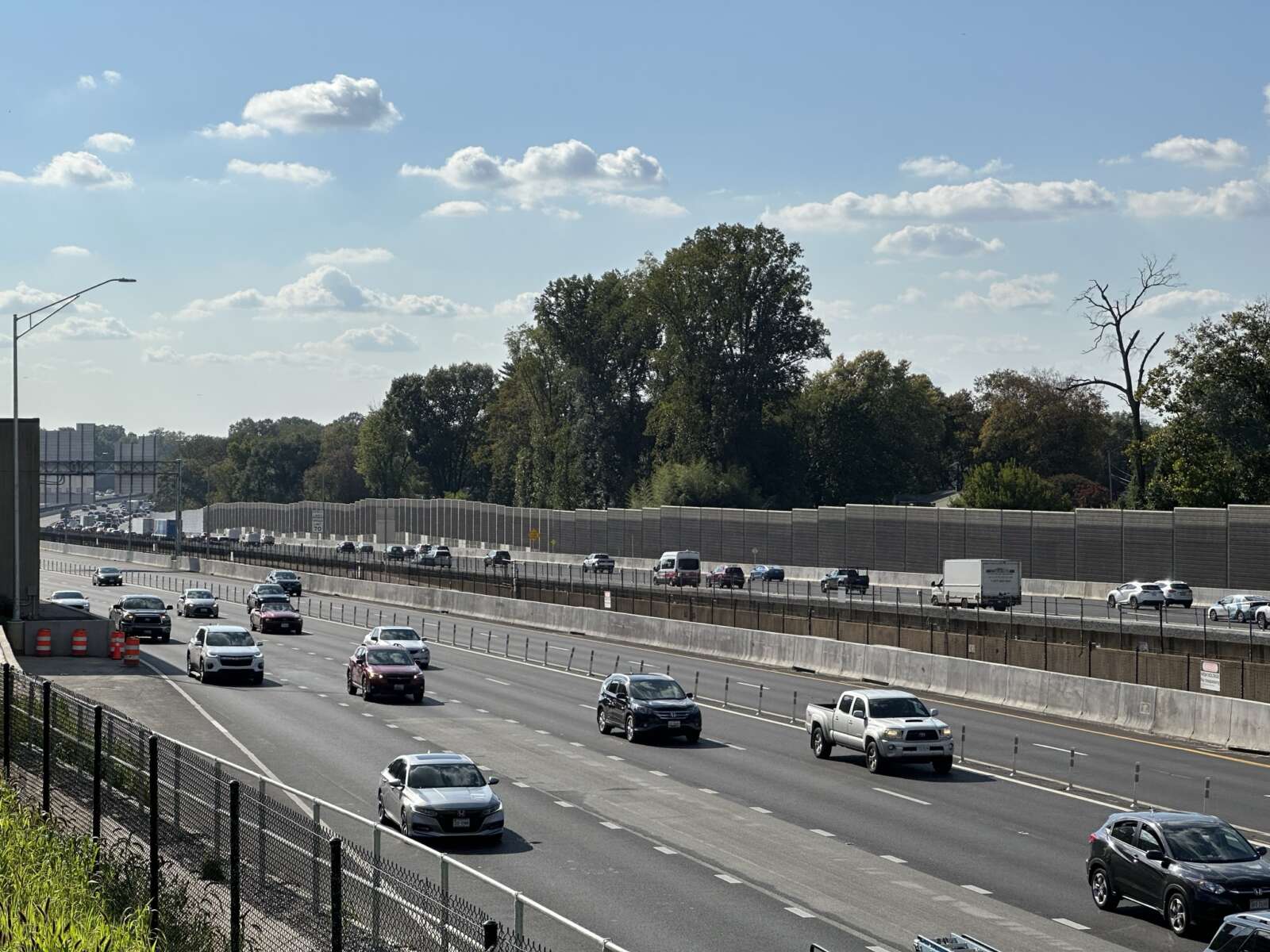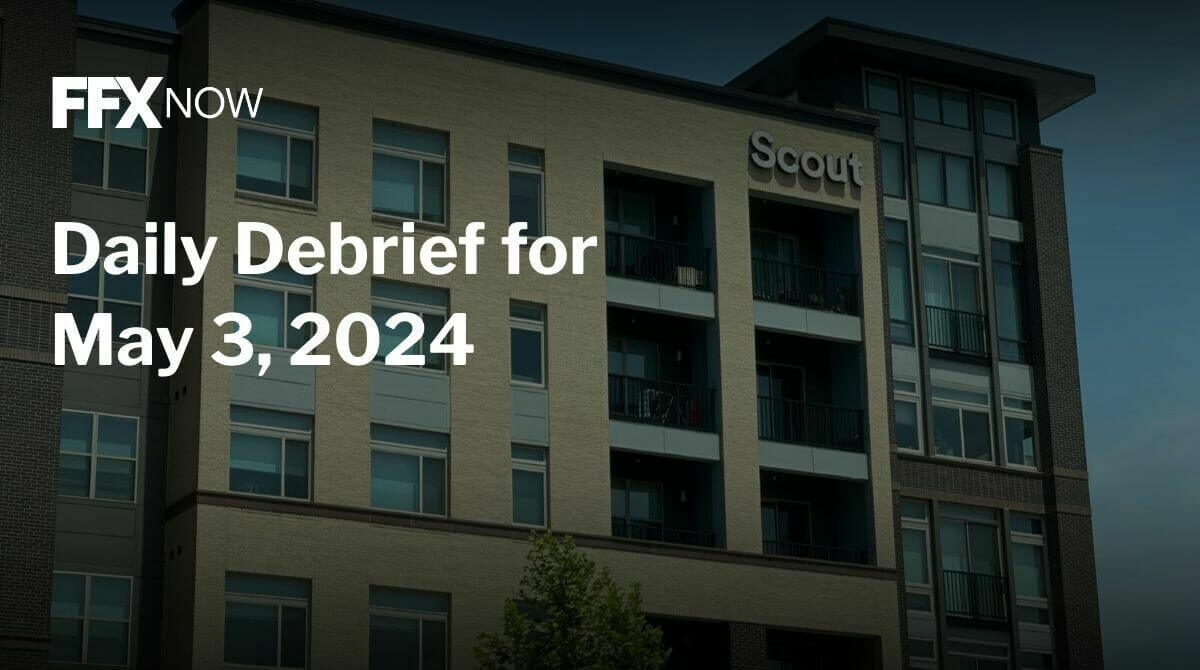
Planning officials in the Shenandoah Valley and central Virginia fear proposals to change Virginia’s transportation funding system could significantly reduce state funding for smaller transportation projects for cyclists and pedestrians.
The Commonwealth Transportation Board has been reviewing the state’s transportation funding process, SMART SCALE, which has been in place for the past seven years.
Some of the proposals being considered by the board include favoring larger transportation projects over smaller ones, lowering the number of applications local governments and planning organizations can submit and reducing the weight given to land use in applications.
Significantly, many bike and pedestrian projects could go unfunded under the proposed changes. According to data collected by a working group made up of Virginia’s Office of Intermodal Planning and Investment, which advises state transportation leaders, and several consultants, 75% of the bike and pedestrian projects recently funded through SMART SCALE would have gone unfunded under the new rules.
“We certainly think there’s a lot of focus on highway road expansion statewide and no focus on climate change impacts with this approach,” said Stewart Schwartz, executive director of the Coalition for Smarter Growth.
Trip Pollard, a senior attorney with the Southern Environmental Law Center and leader of its Land and Community Program, said he’s concerned the proposed changes to SMART SCALE will harm the state’s ability to meet its goals of reducing air pollution and protecting the environment.
“Staff is doing some great work on this and there are some good reasons for some of these changes, but cumulatively, I definitely don’t agree with them,” Pollard said. “I think it really fundamentally shifts where the money is going to go.”
Other changes attempt to evaluate projects over a longer time scale. For example, the working group is recommending that the Commonwealth Transportation Board consider adding to the application process a project’s congestion benefits 10 years into the future and forecast the economic value of a project.
“What we’re doing here is trying to get at the metrics that better show us the value so that we can apply that in our scoring system,” said Transportation Secretary Shep Miller at the board’s Sept. 20 work session.
Making room for larger projects
One of the most controversial recommendations made by the working group, which has been reviewing the SMART SCALE proposals since March, is for Virginia to expand its definition of “high-priority projects,” or projects that have a regional or statewide significance.
Currently, state law defines high-priority projects as those that “reduce congestion or increase safety, accessibility, environmental quality or economic development.”
The working group is recommending adding to that list projects that include “new capacity highway, managed lanes, new or improved interchanges, new or improved passenger rail stations or service, freight rail improvements, high-capacity fixed guideway transit, transit transfer stations, and new bridge.”
Planning leaders from the Shenandoah Valley and central Virginia, however, worry that expanding the high-priority designation could edge out other, smaller kinds of transportation proposals by weighting decisions against them. That could force local governments to find other sources of funding.
“Raising taxes always is highly unpopular and I don’t even want to go there, but that’s the first place I go: ‘What would it take if we didn’t get this funding for the things we need to do?’” said Laura Dent, chair of the Harrisonburg-Rockingham Metropolitan Planning Organization, the body that oversees transportation planning in the Harrisonburg area.
The working group found that the current SMART SCALE process “disproportionately” preferences smaller projects over larger projects, and small bike and pedestrian projects over highway projects.
Ronald Svejkovsky, director of transportation for the Tri-Cities Area Metropolitan Planning Organization and Crater Planning District Commission in the Petersburg region, said one of the benefits of the current SMART SCALE system is that it can fund a locality’s entire project compared to some competitive federal grants, which fund only part.
Eleven applications submitted last year by local governments and organizations in the Richmond transportation planning district, which includes the Tri-Cities MPO, received state funding for high-priority projects and construction grant programs. Under the proposed changes, none of those applications would have been funded.
“There’s a big incentive to try to apply for this program first, and what the proposed changes are going to do is really change what projects will ultimately get funded,” Svejkovsky said.
Setting an application cap
Another recommendation would reduce the number of applications local governments can make for SMART SCALE funding every two years by half.
Specifically, the application cap would fall from four to two for localities with a population size of under 200,000 and metropolitan planning organizations, planning district commissions or transit agencies that represent fewer than 500,000 people.
The cap would also fall from 10 to five for localities with a population size of over 200,000 and planning groups and transit agencies that represent more than 500,000 people.
The working group recommended the change because of the finding that more than 50% of the applications submitted by local governments and planning organizations were incomplete at the time of submission. Reducing the number of applications could allow the board to “focus on improving outcomes, improving quality, and focusing on priority projects,” said Young Ho Chang, a member of the working group, last week.
One of the reasons applications can be considered “not ready” is because they lack sufficient detail to calculate project benefits.
During a Commonwealth Transportation Board retreat this July, Miller said the aim in lowering the cap is to avoid wasting time and resources at both the local and state levels.
“We don’t want them to waste their time and we don’t want our staff to waste their time, and so the question is, ‘What’s the right balance?’” he said.
“All of this takes work and all of this takes resources, and it takes away from something else we can do,” he continued. “So if we have a really inefficient process, we want to make it better, but we don’t want to have a process that also leaves a lot of stuff on the floor.”
However, Mitchell Smiley, the transportation and natural resources policy manager for the Virginia Municipal League, said lowering the cap could prevent towns from applying for SMART SCALE funding for needed transportation projects because they will have to partner with a county government or regional planning organization.
“If you lower the cap, then it will disproportionately impact a town’s ability to get funding,” Smiley said.
Similarly, in an Aug. 17 letter, the Harrisonburg-Rockingham Metropolitan Planning Organization said the proposed caps would place an “undue burden” on rural localities.
The letter argues that limiting small localities such as Rockingham County to two applications would make the seven towns within the county ineligible for funding because the county regularly submits more than two applications for its own projects.
“We simply will not be able to compete against more urban regions with more applications, more projects that align with an urban-focused set of project types, and more leveraged funding,” the Aug. 17 letter states.
James Hutzler, a government relations associate with the Virginia Association of Counties, did not directly express any concerns with the review but said policymakers should be cognizant of the total amount of funds available for projects.
“Until we can ensure there is adequate funding within the SMART SCALE program, any adjustments to the current project selection process will inevitably result in some applicants benefiting while others may not,” Hutzler said in email to the Mercury.
Harrisonburg City Council Member Dany Fleming said he hopes the Commonwealth Transportation Board would consider how the cap changes will impact not only urban and rural areas, but also more suburban ones when considering how to allocate funding to support economic development around Virginia. He said funding sidewalk projects and other pedestrian improvements are essential in more urbanized areas where college students and professionals travel in ways besides driving, including cycling and walking.
“The SMART SCALE review is looking at paying the larger attention to economic development and how transportation is key for economic development and that makes a lot of sense,” Fleming said. “For these metro areas like Harrisonburg, our universities are our economic development centers.”
The Office of Intermodal Planning and Investment is analyzing the possibility of adding a mid-level application cap and is expected to provide a report next month.
Minimizing the land use factor
The board is also considering reducing the weight given to land use in evaluating applications and increasing the weight given to safety and congestion factors.
Currently, a project’s land use score is based more on a project’s current location than on how land will be used once it is completed. Projects are awarded points for making different types of non-work destinations like grocery stores and schools accessible on foot. Population and employment density are also considered.
Under the existing policies, land use accounts for at least 10% of a project’s score and can account for as much as 20%.
However, data shows land use has become a driving factor in whether applications receive state dollars. During the last funding round, more than 50% of the calculated benefits for 77 successful projects came from those projects’ land use scores.
“The way we apply it [the land use factor] doesn’t give us what we want, and so its over applying because you’re either in or you’re out,” Miller said. “That’s what I think we’re battling with.”
A date has not been set for an October virtual town hall. Final adoption of the new rules will be on Dec. 5.
This article was reported and written by the Virginia Mercury. It has been reprinted with permission.
Recent Stories

The Blue Swallow Farm Foundation is holding an online auction to celebrate three years of helping students and educators in outdoor instruction. We invite you to participate in our online auction to support our mission of providing authentic, outdoor experiences for children. This event not only serves as a fundraiser for our initiatives but also as an opportunity for you to acquire unique items and experiences while making a positive difference in the lives of students and educators. You can preview auction items and then register as a bidder. Bidding will begin on May 4. The bids will close on May 8. Proceeds will assist us in helping educators build outdoor classrooms, developing high-quality curriculum materials and professional development workshops, sending teachers and students to environmental youth summits, and assessing the benefits of outdoor learning.

Good news, D.C. area. You can save money on your next home cleaning with Well-Paid Maids. It’s easy!
We offer a discount when you set up recurring cleans — and the discounts just increased this week!
For weekly cleans, get $30 off each cleaning.
Pedal with Petals Family Bike Ride
Join us on Saturday, May 11th and ride into spring during our Pedal with Petals Family Bike Ride. Back for its second year, Pedal with Petals is going to be bigger than ever. This year’s event will include both an
Encore Creativity for Older Adults at Capital One Hall
Encore Creativity for Older Adults is pleased to raise the curtain and welcome community members to its spring concert at Capital One Hall in Tysons, VA on May 4, 2024. The concert, which starts at 3 PM, will bring hundreds







